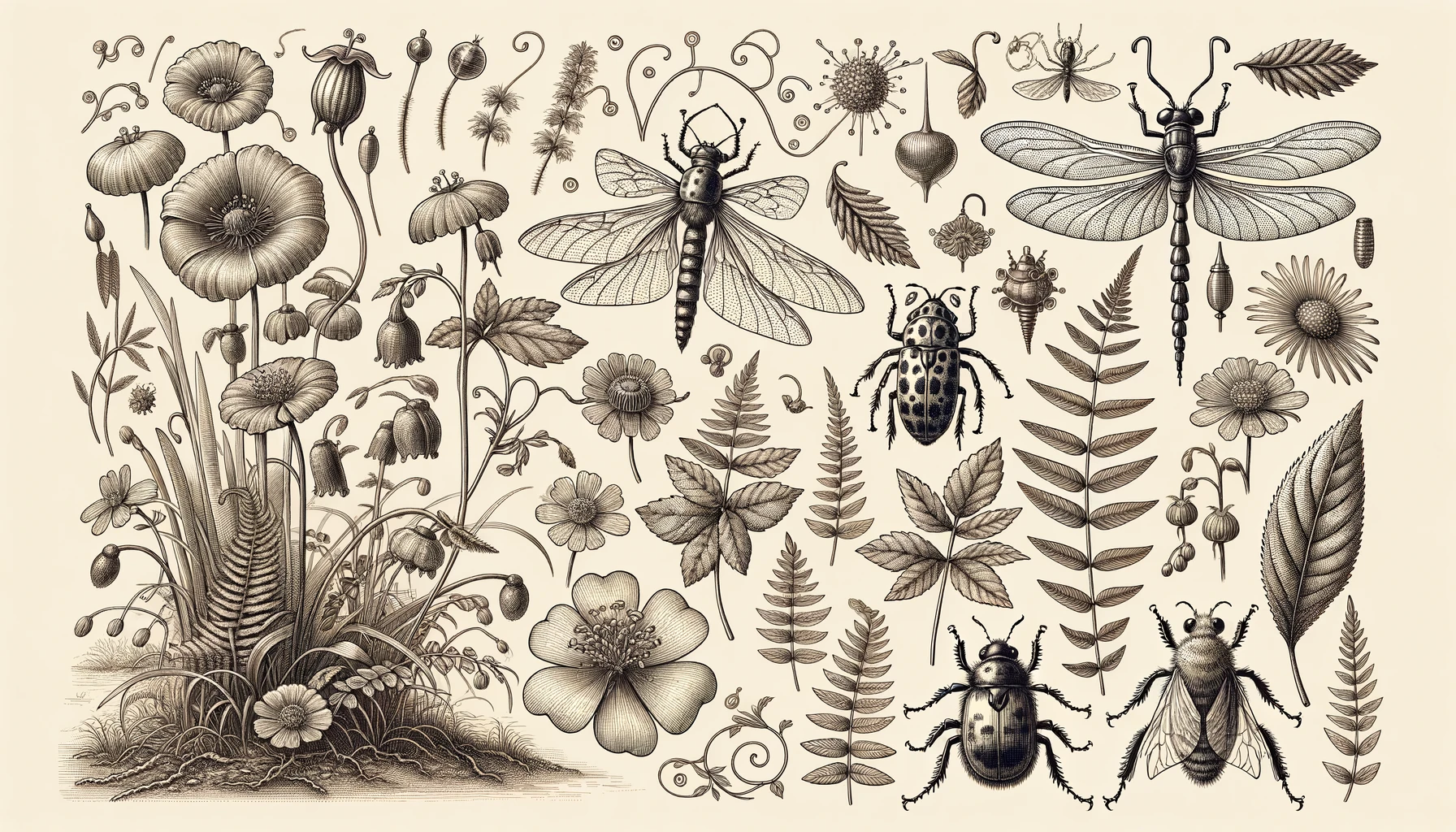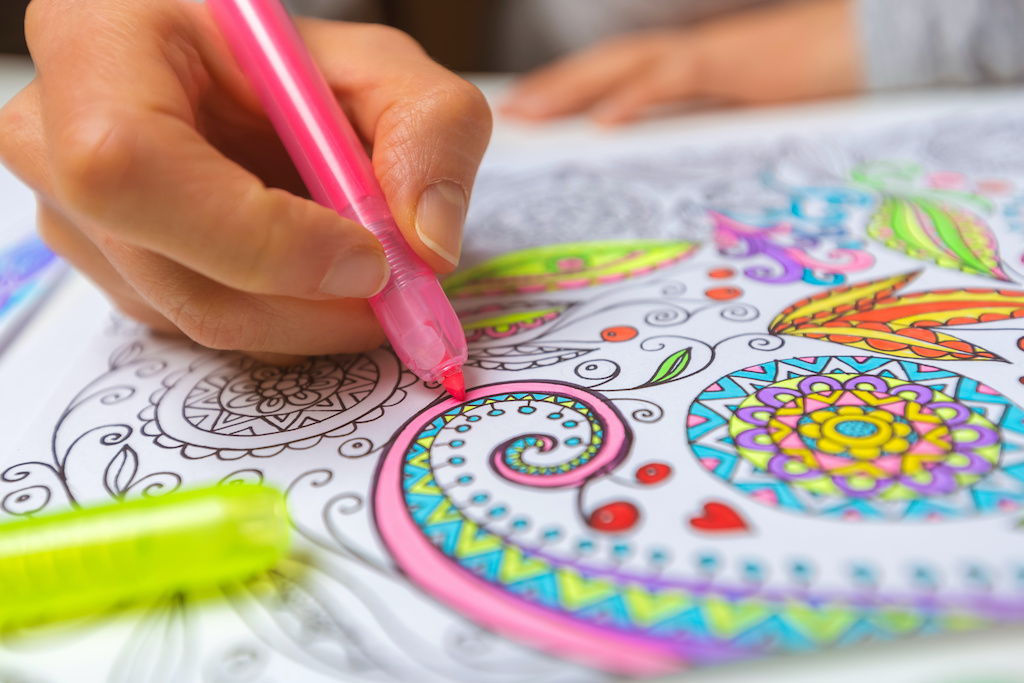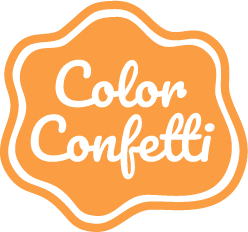
A Colorful Past: The Deep-Rooted History of Coloring Pages and Books
Throughout history, coloring pages and books have captivated the imagination of people all over the world. From the earliest known coloring books to the modern digital age, these creative outlets have played a significant role in our lives. Let's dive deep into their fascinating journey and explore the many facets of their rich history.
The Birth of Coloring Pages and Books
In order to understand the origins of coloring pages and books, we must travel back in time to explore their humble beginnings. The concept of coloring dates back centuries when people would color on walls, rocks, and various surfaces. This ancient form of expression allowed individuals to add color and life to their surroundings, creating visual narratives that captured the essence of their experiences.
However, it wasn't until the 17th century that the first known coloring books as we know them today emerged. During this time, coloring books were primarily created for adults. These early editions presented intricate design patterns that were meticulously hand-drawn. Each page was a work of art, carefully crafted to engage the imagination and provide a creative outlet for those who sought solace in coloring.

The first coloring books were made for adults. Adobe Stock/Pb
The First Known Coloring Books
These early coloring books were not only a source of entertainment but also a means of showcasing one's artistic skills. They were highly sought after and cherished possessions, passed down through generations as symbols of creativity and personal expression. Each page offered a new opportunity for exploration, as individuals experimented with different color combinations and techniques to bring the illustrations to life.
As the popularity of coloring books grew, so did the demand for more diverse themes and subjects. Artists began to create coloring books that depicted scenes from nature, historical events, and even fantastical realms. These books became a gateway to different worlds, allowing individuals to immerse themselves in captivating narratives while simultaneously honing their coloring skills.
The Evolution of Coloring Tools
As coloring books gained popularity, the tools used for coloring evolved alongside them. Initially, people would use natural dyes and pigments from plants and minerals to color their creations. These natural materials provided a limited color palette, but they were cherished for their organic beauty and connection to the natural world.
However, with the advent of synthetic dyes, crayons, pastels, and colored pencils emerged. These revolutionary tools allowed for greater precision and vibrant colors that brought illustrations to life. Artists and coloring enthusiasts alike rejoiced at the newfound possibilities these tools offered, as they could now create intricate shading, blend colors seamlessly, and add depth and dimension to their artwork.
Over time, coloring pages and books became more accessible to people of all ages and backgrounds. They became a beloved pastime for children, a therapeutic activity for adults, and a means of self-expression for artists. Today, coloring books continue to evolve, with digital versions and interactive features adding a new dimension to the coloring experience.
Whether it's a child coloring a whimsical scene or an adult finding solace in the meditative act of coloring, these pages and books have become a cherished part of our cultural heritage. They remind us of the power of creativity, imagination, and the joy that can be found in the simple act of adding color to a blank canvas.
Nowadays children and adults love coloring. Adobe Stock/Irina Schmidt
The Cultural Significance of Coloring
Coloring has had a profound impact on various civilizations throughout history. It transcended cultural boundaries and served as a means of expression, storytelling, and cultural preservation.
Coloring in Different Civilizations
From ancient Egyptians meticulously coloring their hieroglyphs to medieval monks adorning intricate illustrations in religious texts, coloring was deeply rooted in many cultures. It also played a significant role in art forms like the Japanese tradition of coloring woodblock prints and Indian mandala designs.
The Symbolism of Colors
Colors have long held symbolic meanings across cultures. Coloring books allowed individuals to explore these associations and convey their emotions. Whether it was the calming properties of blue or the passion associated with red, coloring provided an avenue for personal introspection and creative expression.
The Psychological Impact of Coloring
Coloring is not only a creative pastime but also a therapeutic activity that has been linked to various psychological benefits. It has the power to soothe the mind, promote mindfulness, and unlock hidden emotions.
Coloring as a Form of Therapy
Psychologists and therapists often recommend coloring as a way to relieve stress and anxiety. The act of coloring engages both sides of the brain, promoting relaxation and mindfulness. It allows individuals to focus on the present moment, letting go of worries and immersing themselves in the therapeutic colors.

Coloring is very relaxing. Adobe Stock/Oleksandr
The Role of Coloring in Child Development
Coloring plays a vital role in the development of children. It enhances their cognitive skills, improves hand-eye coordination, stimulates creativity, and fosters self-expression. Coloring books provide a platform for children to explore their imagination and develop their artistic abilities, nurturing their overall growth.
The Commercialization of Coloring Books
In recent times, coloring books have experienced a renaissance, becoming a popular commercial product. The rise of coloring book publishing and advancements in technology have revolutionized the way we engage with these creative outlets.
The Rise of Coloring Book Publishing
With the demand for coloring books soaring, publishers recognized the opportunity and started producing a wide array of options. From whimsical illustrations for adults to educational-themed books for children, there is now a coloring book available for every age, interest, and skill level.
The Impact of Technology on Coloring Books
As technology continues to shape our lives, it has also influenced the world of coloring. Digital coloring books, interactive coloring apps, and virtual reality experiences have extended the possibilities of this beloved pastime. These innovations provide convenience, interactivity, and a dynamic range of colors, bringing coloring into the digital age.
The Future of Coloring Pages and Books
With every passing day, coloring pages and books continue to evolve, adapting to the changing preferences and interests of individuals. The future holds exciting prospects for this timeless activity.
Trends in Modern Coloring Books
Modern coloring books have embraced a diverse range of themes and styles to cater to the ever-evolving tastes of coloring enthusiasts. From nature-inspired designs to intricate patterns and even licensed characters, there is no shortage of options to ignite creativity and provide endless hours of relaxation.
The Potential of Virtual Reality in Coloring
As technology progresses, the potential of virtual reality in coloring is truly awe-inspiring. Imagine stepping into a virtual world filled with vibrant colors and limitless possibilities. Virtual reality has the power to transport us into immersive coloring experiences, enhancing our creativity and revolutionizing the way we engage with this beloved pastime.
As we reflect upon the deep-rooted history of coloring pages and books, we are reminded of their lasting impact on our lives and society as a whole. From their humble origins to their therapeutic benefits and their commercial success, coloring has truly stood the test of time. So, pick up your favorite coloring tools, let your imagination soar, and embrace the joy of this timeless art form.
